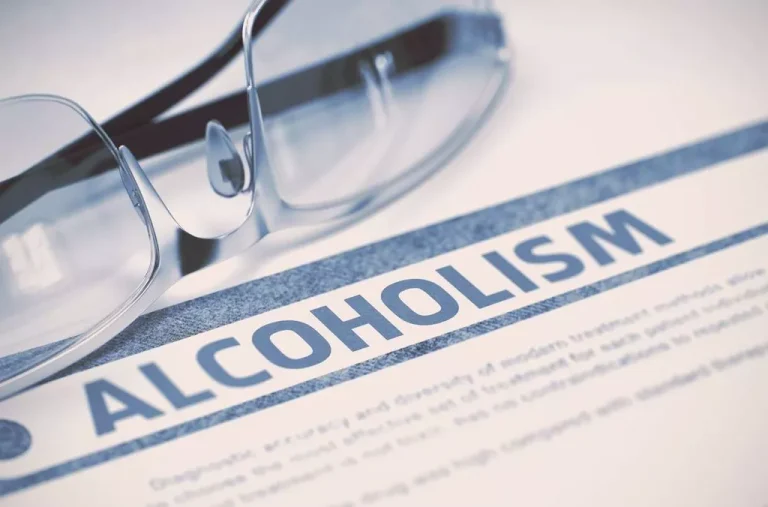
If you or someone you love struggles with methadone, help is available at The Recovery Village Cherry Hill at Cooper. Contact us today to learn more about treatment programs that can work well for your situation. The more questions that can honestly be answered “yes,” the greater the likelihood that the patient is ready to taper from opioid medication. Consider that each “no” response represents an area that the patient and counselor probably need to work on to increase the odds of a successful taper and recovery. It is also important that patients be familiar with the triggers and stressors, and have acquired skills to manage them.
- This is especially true if you have been taking methadone to treat an opioid use disorder.
- The Recovery Village Cherry Hill at Cooper offers comprehensive addiction treatment for drug and alcohol addictions and co-occurring mental health conditions.
- Symptoms typically present within 24 hours of the user’s last dose.
- They will then improve from between 5 to 7 days after the last opioid dose.
Departments and Services
Despite its benefits, it can be an addictive drug when misused because it’s an opioid. According to the National Survey on Drug Use and Health (NSDUH), more than 200,000 people in the United States abused methadone in 2016. Methadone is an opioid drug that is approved to treat opioid addiction; however, since it is still a full agonist opioid, it can also be misused. Connery and Weiss52 offer a recent summary of some of the outstanding questions in their Editorial in the February 2020 issue The American Journal of Psychiatry, which features studies on this topic. The Checklists’ sections for patients and their counselors and for medical providers, provide criteria to guide clinicians and may promote future research.
How to Support Stigma Reduction in Opioid Addiction and Treatment

In this way, the brain isn’t shocked by the sudden processing out of methadone, which can leave a major imbalance in its wake. While specifics will vary from person to person, on average, the methadone dosage can be lowered between 10 percent and 50 percent at tailored intervals. For some people, the dose may be lowered daily; for others, it may be lowered every two weeks. A person’s metabolism is also tapering off methadone going to play a role in how long it takes methadone to process out of the body. The faster methadone is metabolized, the sooner withdrawal starts.
Tips to Help You Through Opioid Tapering
Regardless of whether a patient is tapering down from a long-term or short-term opioid use, it is important to change the dose first and the interval second. In turn, that could lead to increased withdrawal symptoms and make tapering much harder. For this reason, physicians recommend that the interval between doses the remain the same and lower the dose itself until it cannot be lowered any further. Withdrawal symptoms typically start 12 to 48 hours after the last dose of opioids. Usually, it is during the 24- to 96-hour period after stopping opioids that the worst of these symptoms occur.
- Your healthcare professional works with you to create an opioid taper schedule that meets your medical needs while keeping risks to your health low.
- We publish material that is researched, cited, edited and reviewed by licensed medical professionals.
- You should refer to the prescribing information for methadone for a complete list of interactions.
- Dosage can depend on several factors, including your age, weight, and sex.
Coping and Relief for Methadone Withdrawal
Coming off of methadone will likely cause uncomfortable withdrawal symptoms and powerful opioid cravings. It’s important to make sure you’re prepared to manage the process of withdrawal without relapsing back into active opioid addiction. Patients can maintain a given dose for some period before continuing. It is imperative never to go backward during the taper (i.e., increase the dose). Going back up on the dose risks losing the hard work already invested. Nonaddictive medications can help relieve symptoms of withdrawal (Table 1).
Medical Detox for Methadone Withdrawal

Dosage and tapering should be monitored and adjusted by a health care professional. Especially follow your healthcare professional’s instructions about how and when to take medicines during the taper. If you’ve taken opioid medicine for more than 7 to 10 days, it’s likely you need to stop soon — and stop slowly — to keep from having symptoms of withdrawal. Here, a patient who is taking eight tablets per day (2 every 6 hours) reduces use by lowering one tablet every 3 to 4 days until he or she is down to four doses per day (one tablet every six hours).
Overview of Methadone Withdrawal
The methadone dose can then be reduced over time in a direct taper. However, methadone itself is rarely tapered, as it can lead to a return to opioid abuse. During a methadone taper, the dosage should be lowered slowly and in a controlled fashion. For instance, if withdrawal symptoms seem to get worse, the dosage may need to be increased slightly or the taper may need to be slowed down. All of these things should be considered when starting a methadone taper. The goal is to start with the lowest dosage possible that will minimize drug cravings and withdrawal symptoms.

Various manualized treatments, such as cognitive behavioral therapy, help to develop and consolidate those skills.50,51 It is also important that co-occurring psychiatric disorders, mild are appropriately addressed. Medication alone can be helpful, but it Drug rehabilitation is preferable to also explore how the patient has adapted in the past and what coping strategies might need to change. The newly created medical provider’s section, the Physician Risk Factor Checklist, indicates warning signs that the patient is likely not stable enough to consider a taper.

It’s important to keep in touch with both an obstetrician (OBGYN) and an opioid use disorder specialist throughout your pregnancy. Pregnancy affects how your body metabolizes methadone, so your dose may need adjusting as your pregnancy advances. If you’re concerned about methadone withdrawal, it can be helpful to know what to expect. Read on to learn more about withdrawal signs and symptoms, as well as their timeline. Everybody is different, and factors ranging from genetics to gender will affect how quickly or not methadone leaves the body.

- Your symptoms may start mild and become more severe over the course of a few days.
- Methadone has a half-life of between 24 hours and 55 hours, so it can remain active in the bloodstream for up to a few days.
- How much methadone a person takes, how much is taken at a time, and the length of time methadone has been taken all need to be factored in.
- Methadone is an opioid medication used during medication-assisted treatment (MAT) to help people reduce or quit their use of opioids, such as heroin or fentanyl.
For patients who may require more extensive or high-dose opioid use, or who have a history of opioid use, tapering (gradual reduction) is a vital part of the healing process. Patients who may benefit from tapering off their opioid regimens should do so under the management of a https://ecosoberhouse.com/ physician. Dosages may need to be adjusted during medical detox to ensure stability remains and that withdrawal symptoms are minimal. Methadone may also be replaced with the partial opioid agonist buprenorphine during detox. Other medications can be helpful to address specific withdrawal symptoms.